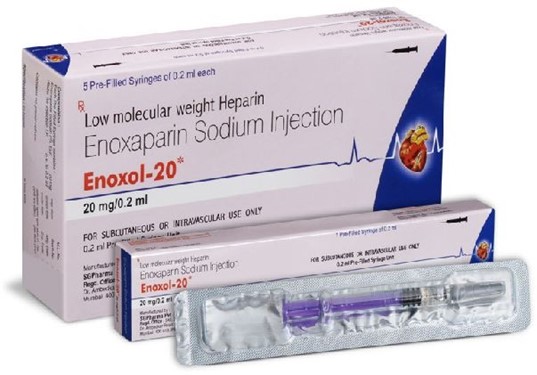A nurse is teaching a client how to self-administer daily low-dose heparin injections. Which of the following factors is most likely to increase the client's motivation to learn?
The nurse's empathy about the client having to self-inject
The client's belief that his needs will be met through education
The client seeking family approval by agreeing to a teaching plan
The nurse explaining the need for education to the client
The Correct Answer is B
The client's belief that their needs will be met through education is the most likely factor to increase their motivation to learn how to self-administer daily low-dose heparin injections. When a client believes that they will benefit from the education and that it will help them meet their needs, they are more likely to be motivated to learn.

a. The nurse's empathy about the client having to self-inject may help build rapport with the client, but it is not the most important factor in increasing the client's motivation to learn.
c) The client seeking family approval by agreeing to a teaching plan may be a motivating factor for some clients, but it is not the most important factor in increasing the client's motivation to learn.
d) The nurse explaining the need for education to the client may help increase the client's understanding of the importance of learning how to self-administer heparin injections, but it is not the most important factor in increasing the client's motivation to learn.
Nursing Test Bank
Naxlex Comprehensive Predictor Exams
Related Questions
Correct Answer is C
Explanation
Tightening the abdominal muscles prior to moving helps to stabilize the spine and prevent back strain. This is an important technique for caregivers to use when assisting a client who is immobile and requires repositioning in bed.
a. Twisting at the waist while pulling the draw sheet can cause strain on the back muscles and should be avoided.
b. Keeping the legs straight does not provide more power in the lift and can also cause strain on the back muscles.
d. Placing the bed in the lowest position does not necessarily prevent back strain and is not related to the proper technique for repositioning a client in bed.
Correct Answer is B
Explanation
The correct answer is that the nurse should include information about the effectiveness of the last dose of pain medication in the hand-off report when transferring a client to a long-term care facility. This information is important for the receiving facility to continue managing the client's pain effectively.
Options a, c and d are not essential information to include in the hand-off report. The time of the client's last bath, the number of family members who have visited and the frequency of previous vital sign measurement are not critical for ensuring continuity of care during the transfer.
Whether you are a student looking to ace your exams or a practicing nurse seeking to enhance your expertise , our nursing education contents will empower you with the confidence and competence to make a difference in the lives of patients and become a respected leader in the healthcare field.
Visit Naxlex, invest in your future and unlock endless possibilities with our unparalleled nursing education contents today
Report Wrong Answer on the Current Question
Do you disagree with the answer? If yes, what is your expected answer? Explain.
Kindly be descriptive with the issue you are facing.
